Lecture notes and selected slides from Paul Bedford's address to the June 21 Jobs Prosperity Collaborative Luncheon in Hamilton.
By Paul Bedford
Published June 22, 2011
The transit networks we have today are the product of visionary thinkers from the past but they haven’t kept pace with the tremendous growth of the Greater Golden Horseshoe
Looking ahead into the future is always a challenging exercise but it needs to be embraced now more than at any time in our history if we are serious about the economic, social and environmental health of our region
The Province has shown bold leadership by passing the Places to Grow Plan, establishing a Greenbelt and creating a vision to concentrate future growth into a series of centres
It is always hard to change direction but we do have a real and critical choice to make
Jane Jacobs’ last book called “Dark Age Ahead” is proving to be very accurate but we can’t let gloom and doom overtake us
Congestion and gridlock is the number one issue confronting us today and people are expecting answers
We cannot afford to continue with the status quo but must be prepared to take risks, develop new funding strategies and build a transit network that is capable of serving the daily needs of a 10 million person region
Initial consultation in the GTHA supports the need to be bold and move ahead
$7.00 a gallon is no longer too far fetched!
A comparison of gas prices around the world shows that we are now in the middle but will definitely join the European club in the future with prices forecast to rise toward $10.00 a gallon
The daily Don Valley Expressway commute is a parking lot while GO trains offer some a viable choice
We need to rethink how we use our existing road space to accommodate more transit riders not more cars as the roads we have today are the roads we will have in 25 years
Transit is the only sane answer for our collective future as a successful city region with 72 lanes of expressway needed to accommodate the same number of people traveling on the TTC, GO and on foot through Union Station each day
Union Station already accommodates twice as many passengers as Pearson and this will double again within the next 10-15 years
Our collective challenge is to connect the dots and provide the political and bureaucratic leadership necessary
Every municipality must address the building blocks of successful city building
A view down Yonge Street clearly illustrates how the subway has shaped the urban structure of this corridor over time
This same lesson is true for cities that are much smaller in size in both North America and Europe where light rail and even subways have been built in phases if strong political leadership is present
Now is the time to enthusiastically embrace city planning because it matters now more than ever by bringing together all the fundamental experiences of daily life
My experience in developing a totally new Official Plan for Toronto after amalgamation involved creativity, energy, passion and risk taking to add a million more people to the city by 2031
The building boom since 2000 is unprecedented with a population increase of 300,000 over the past ten+ years
The next ten years will be similar with about 13-15,000 condo units coming on to the market each year
In 2009, 16,000 condo units were sold which is double the number in New York City and triple the number sold in Vancouver
There are currently 332 active condo sites in the GTA which represents about 180,000 units in the development pipeline
The change that people wanted has created enormous opportunities in our downtown with about 200,000 people now living there
Innovative new city planning approaches that removed traditional land use and density controls in favour of urban design performance standards in King-Spadina and King-Parliament have exceeded all expectations
Concentrating mid rise housing on main streets has begun to bear fruit with development attracted to streetcar routes
This has meant a new push for mixed use to break the traditional mindset of single storey or separate land uses for drug stores, schools, LCBO, and a city wide prohibition of all drive through uses within 30 metres of residential districts
The lesson is that fixed rail attracts investment/buses don’t/experience elsewhere has shown that successful transformation from suburban to urban streets is possible with the introduction of fixed rail transit
Ottawa is learning this lesson now with the introduction of Light Rail Transit to replace Bus Rapid Transit after 30+ years
BRT moved a lot of people but it didn’t stimulate development in centres or nodes
Vancouver has been very successful in integrating transit and land use planning with a growing network of rail lines that has shaped the urban structur
Embracing change is often a most difficult process involving stages of anger and denial before change can be achieved
Top priority is to develop a regional Investment Strategy to pay for the transit network we need
In the GTHA, we must generate a minimum of $3 billion per year for the next 25 years from a long list of revenue sources
People need to be able to understand and compare these costs with daily goods and services
Comparing road pricing to TTC and GO costs is essential
Need to look at what the rest of the civilized world has already done!
Feedback to date from the GTHA population has been encouraging
Nothing is free/must recognize this and be prepared to bite the bullet
The key to success will be to offer choice and rewards instead of forcing road pricing for consumers
In order for people to pay voluntary mileage based fees they will need to see personal benefits and answer the question “what’s in it for me”
Incentives such as rebates on their fuel tax, pay as you drive insurance, real time parking charges, improved travel time and value added customer service can all be made available by using one card
Need to let the private sector build and administer the technology through competitive licences so that Rogers, Teleus etc. can operate the business while the role of government would be to regulate, protect privacy and entice people to participate so that people see the personal benefits of paying mileage based fees
Need to speak directly to motorists and see them as the solution rather than the problem
Basic lessons learned in my 40 year city planning career are useful in finding the road map forward
We need to break down traditional communication barriers through new approaches
Failure is not an option!
Must make no little plans in order to realize our regional vision and make the Metrolinx Big Move a reality.
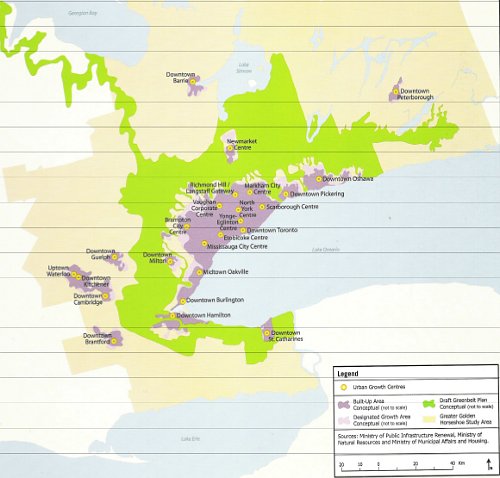
Urban growth centres
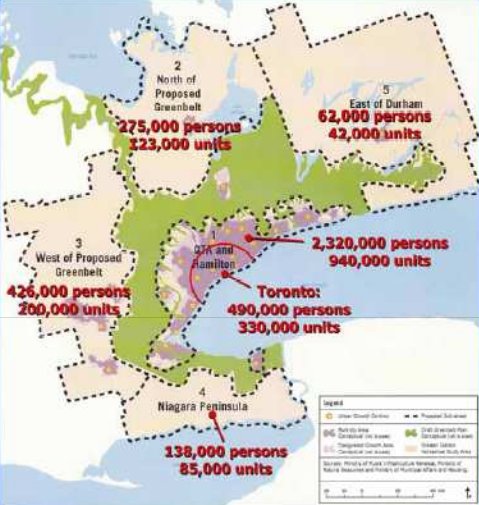
Growth distribution by 2031
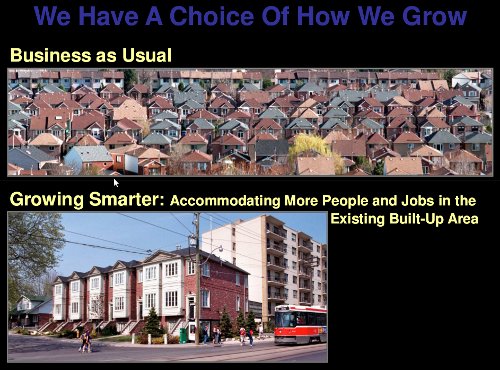
We have a choice: business as usual or growing smarter
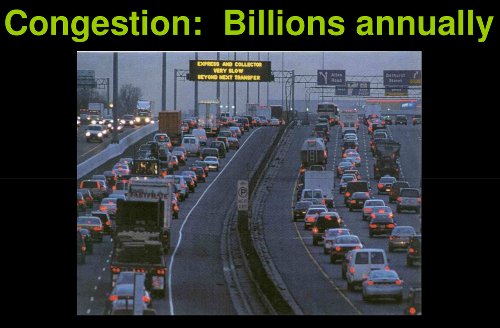
Congestion costs billions annually
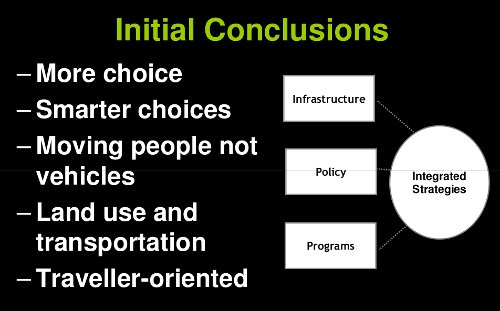
Initial conclusions
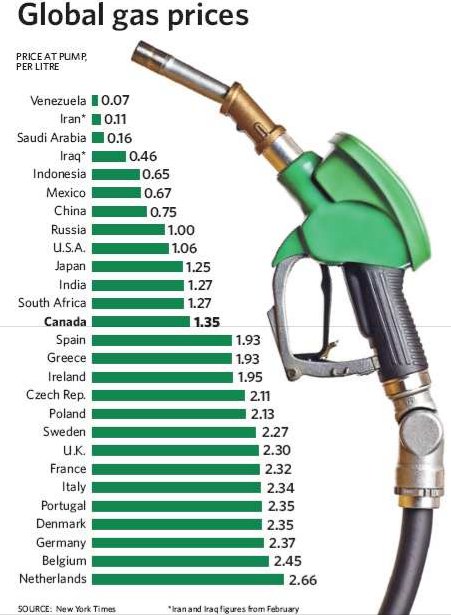
Global gas prices
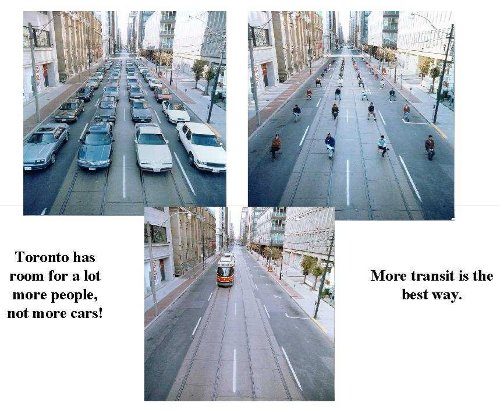
More transit is the better way
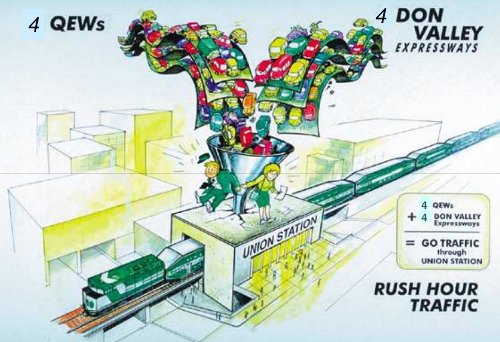
It would take 4 QEWs and 4 DVPs to carry the people who move through Union Station daily
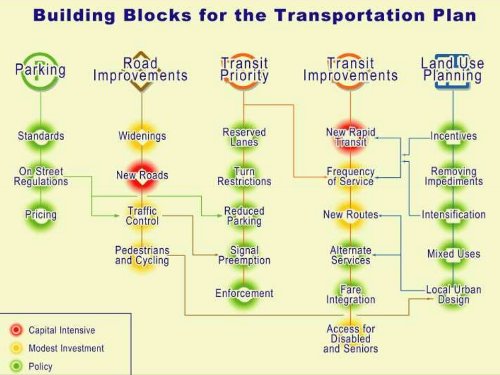
Building Blocks for the transportation plan
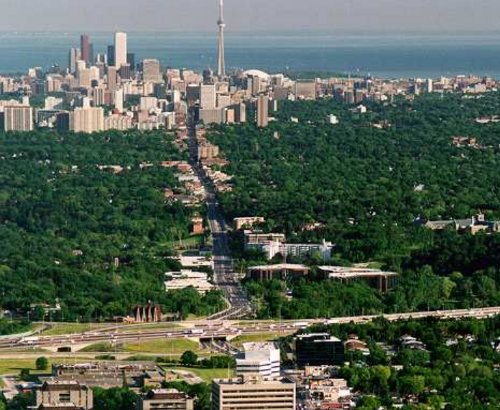
The big picture: Dense development around Yonge Subway line
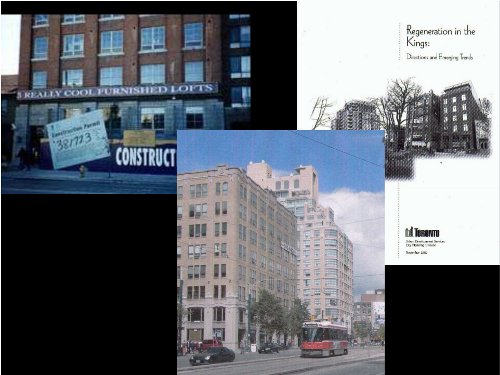
Regeneration in the King-Spadina and King-Parliament reinvestment areas
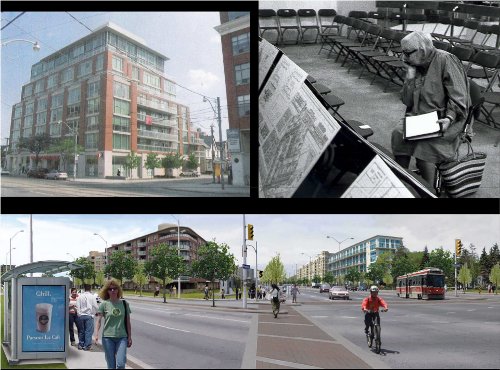
Jane Jacobs
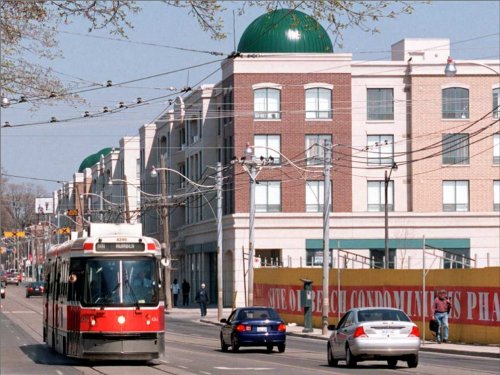
Fitting avenues with the neighbourhoods
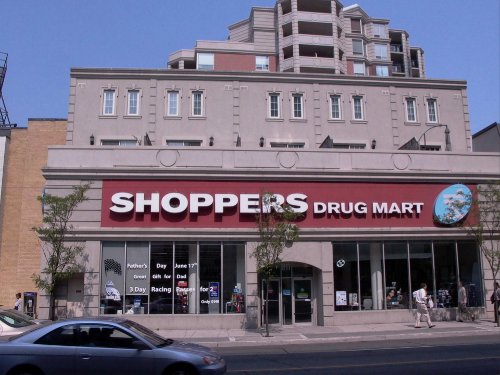
Shopper's Drug Mart with upstairs apartments
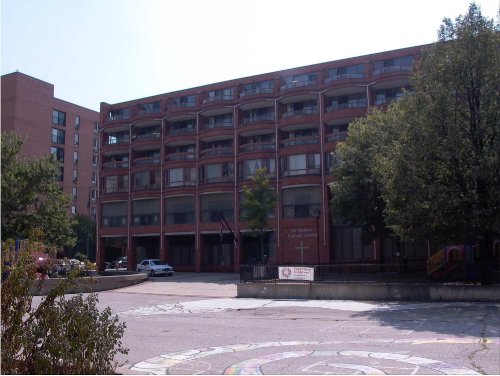
St Michael Catholic School with upstairs apartments
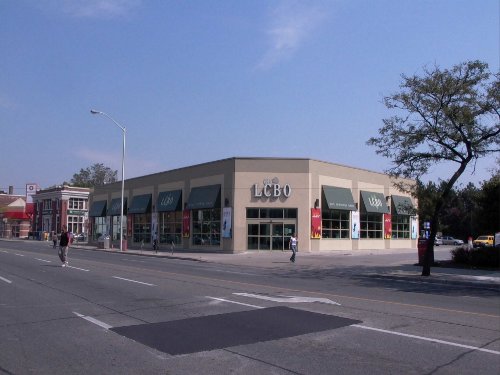
What's missing from this picture?
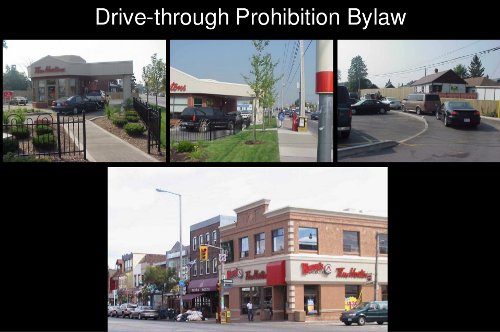
Drive-through prohibition bylaw
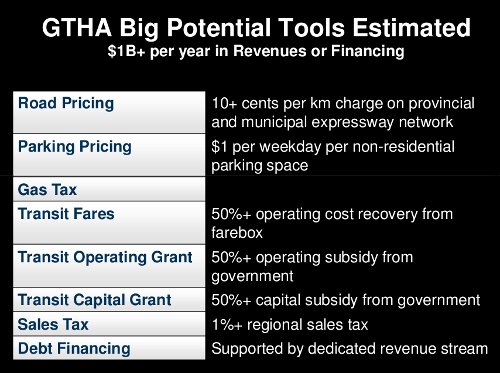
GTHA big potential tools estimated
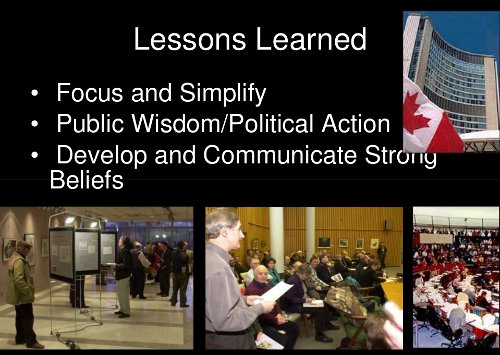
Lessons learned
Wow, what a story. As the price of fuel increases public transit will become extremely important to a cities economic development. Not only that, but how we make use of the available land we have for habitation. This is posted on a Hamilton site so I will comment accordingly. We need visionaries in City Hall. If Hamilton steps up we will be way above the pact and bring Hamilton to be a world class city. I honestly believe this is possible.
By Transitto (anonymous) | Posted June 23, 2011 at 08:02:27
And the current mayor doesn't care and the last one couldn't do any planning to move us forward...we are doomed; doomed I say!
By Robert D (anonymous) | Posted June 23, 2011 at 09:42:31 in reply to Comment 65083
Maybe we should hold a "Transit rally" to show the city how important this is? We could meet at the McNab Street Terminal and walk up to City Hall en masse. Have a picnic in that "welcoming" public gathering space.
We could get the cupcake and grilled cheese food trucks to show up!
By Blenda (anonymous) | Posted June 23, 2011 at 09:58:43 in reply to Comment 65087
By PaulV (registered) | Posted June 23, 2011 at 10:17:37
Apparently there were no city officials at the meeting. Say it isn't so?!
By Undustrial (registered) - website | Posted June 23, 2011 at 10:17:48
If there was one big suggestion I'd make to the people running transit, here and regionally, it would be to look more into bulk sales. Currently, with a few exceptions (ie: McMaster), the most rides you can buy at once is a month of unlimited rides for a single person. As great as this is for ridership otherwise, it doesn't give anyone much data to work with. Most of these sales happen anonymously at convenience stores, so other than card-swipes, we don't know a lot about who's going where, or why.
Selling through venues like workplaces would give a definitive destination point. If we know that three hundred people have purchased passes at a workplace, we can guess when they'll be arriving and leaving, and put a stop right where they'll need it.
Workplaces, hospitals, the airport, appartment building/condo conentrations and various business nodes (Dundas, Westdale etc) could all really use this kind of minor service adjustment, and the boosts to ridership would be enormous. For the system as a whole, it would allow it a chance of capturing the "low hanging fruit" of regularly scheduled mass traffic migrations, and it would become more responsive to consumer demands. This isn't just about getting people to sign up and find their way on our transit map/schedule - it's about making that map work for people.
By z jones (registered) | Posted June 23, 2011 at 14:00:07
Don't be crazy, that would never work here.
By Blenda (anonymous) | Posted June 23, 2011 at 18:00:11
I took a walk, and then the laxatives kicked in--I had to take three different kinds to get it all out. Boy was I full of it. And my case worker finally got me a few bucks so I could go back on my mood helping meds. Sorry if I offended, my parents hit me when I was a kid and I could never understand why, until now. I'll be OK now for one or two days anyway and then, well who knows, right? Who'll I be next time? Hmmm My meds good, but make me calm!! No good!!
By George (registered) | Posted June 23, 2011 at 19:17:54
I'm sure consensus would be that Hamilton, especially the downtown and lower city, needs drastic change.
We must ask ourselves, what provides the best opportunity for such change, especially when planning for future growth. We already see a slow and steady migration of some GTAers to Hamilton.
All we need to do is look to K-W for an example of progressiveness. And what did they just approve and show a willingness to pay for?
We can't afford to NOT go through with LRT. The sooner the better. Full speed ahead!
Comment edited by George on 2011-06-23 20:45:40
By Robert D (anonymous) | Posted June 23, 2011 at 21:54:03 in reply to Comment 65093
Oh, this would be so much funnier if you knew me...
By Jane Jacobs A2M (anonymous) | Posted June 23, 2011 at 23:08:26 in reply to Comment 65123
insult spam deleted
By poopered (anonymous) | Posted June 24, 2011 at 15:04:36 in reply to Comment 65135
of course they're imposters--that's the point.
You must be logged in to comment.
There are no upcoming events right now.
Why not post one?